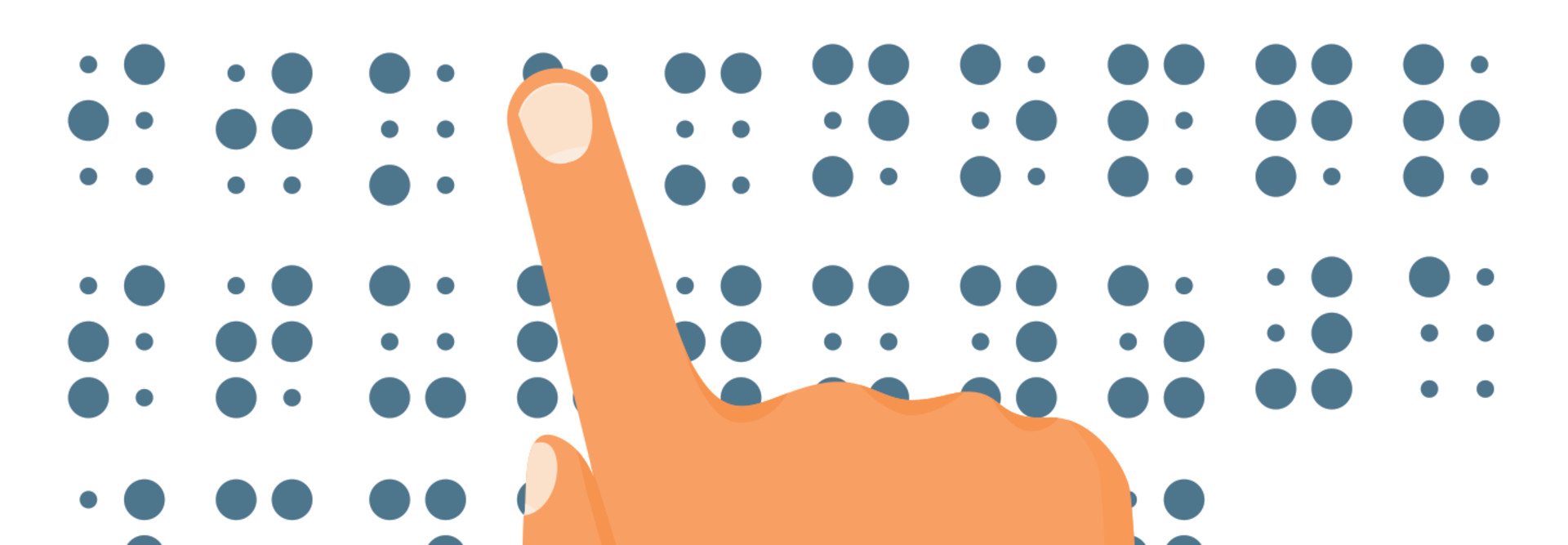Smart Paint Could Improve Campus Safety for Visually Impaired Students
Lots of smart devices are designed for convenience and entertainment. But one smart device in the works could have life-changing results: Students at the Ohio State School for the Blind are testing smart paint, which could be used on crosswalks to help them navigate campus more safely.
The paint pairs with sensors installed on students’ canes to alert them when they reach the borders of a crosswalk. The study is part of a collaboration between the school, the city of Columbus and The Ohio State University. If successful, the paint could be used at OSU, says John Lannutti, who’s leading the study.
“Every large university has a significant population of blind and visually impaired students,” says Lannutti, a professor in OSU’s College of Engineering. “Getting them from point A to point B can be difficult and sometimes dangerous, especially when automobile traffic is involved.”
Lannutti’s team proposes to add smart paint to campus intersections to ensure blind and visually impaired students can navigate the campus safely by staying inside crosswalks.
“It’s relatively easy for a blind or visually impaired student to veer outside of the crosswalk and into oncoming traffic,” he says.
MORE FROM EDTECH: Accessible technology helps students with disabilities pursue STEM degrees.
Accessibility Tools Increase Inclusivity and Access to Learning Materials
Projects like these, powered by maturing Internet of Things technologies, could help to address the gap in accessibility services in higher education. A 2019 EDUCAUSE study found that only about half of students who have physical or learning disabilities and require accessible support give their institutions high marks for accommodation.
Even more concerning, according to Dana Gierdowski, a researcher with the EDUCAUSE Center for Analysis & Research, is the 11 percent of students who say their colleges are unaware of their need for accessible technology.
“Lack of accessibility can make it harder for these students to do their work,” she says. “We see technology as a tool that can be used to make college campuses more inclusive and increase access to materials — for students with disabilities and all students.”
MORE FROM EDTECH: Glass App augments visual learning for deaf students.
College IT Often Lags Behind Federal Accessibility Mandates
While colleges are required to provide accessibility services (the Rehabilitation Act of 1973, the Americans with Disabilities Act and the Web Content Accessibility Guidelines all establish mandates), compliance isn’t universal.
Even as IT becomes more central to higher education, it’s one of the hardest areas for colleges to address, according to Martin LaGrow, a senior academic consultant with Ellucian.
“The increase in complaints and lawsuits over the past few years, however, indicate that this is an area of concern that will not go away,” LaGrow writes in an article for the EDUCAUSE Review.
As colleges continue to address these requirements, technology — particularly the increasing array of IoT devices — is likely to play a more central role in their efforts. Smart assistants, Google Glass, expanded GPS functionality and new tools, including smart paint, that are still being piloted can help institutions facilitate access and independence for every student.








